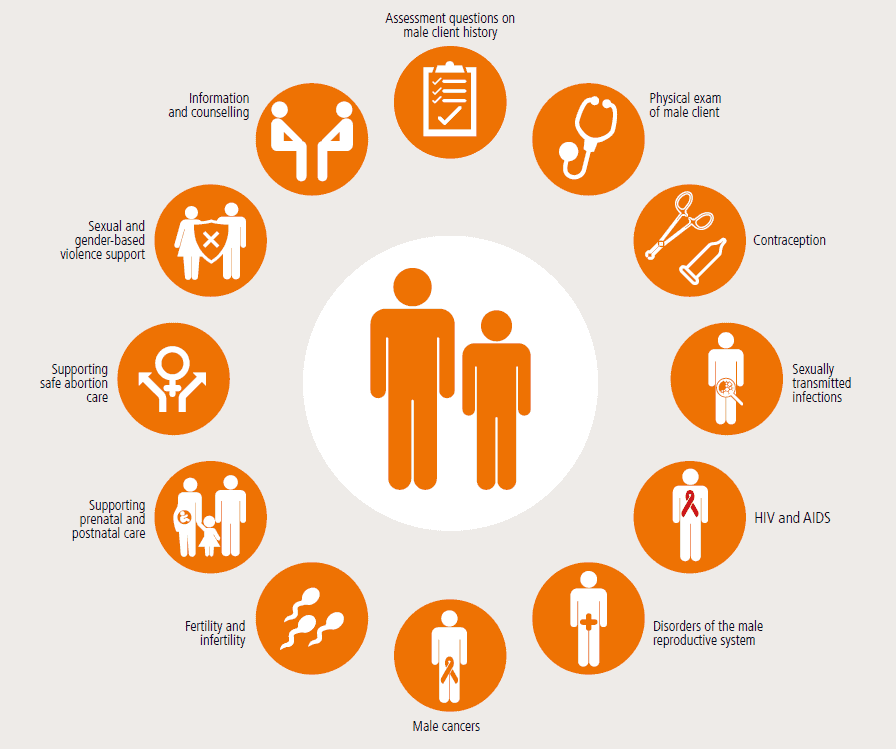There are several misunderstandings around infertility. When you combine this with Indian societal norms that place a high value on childbearing, the net consequence is that women are almost always blamed for their failure to conceive. However, according to the World Health Organization, the prevalence of infertility in the general population is 15 to 20%, with male infertility accounting for 20 to 40% of this proportion. Male infertility is estimated to be over 23% in India, according to studies. The basic line is that male infertility has been progressively increasing in India over the last few years.
Infertility is a reproductive system disorder characterised by the inability to obtain a clinical pregnancy after 12 months or more of frequent unprotected sexual intercourse, according to the World Health Organization’s International Committee for Monitoring Assisted Reproductive Technology (WHO).
Male infertility can be caused by a variety of factors, including semen deficits, reduced sperm production, defective sperm function, and blockages or obstructions in the sperm delivery tubes. Injuries to the genital system or diseases of the genital tract can produce obstructions. Smoking, excessive alcohol use, poor nutrition, lack of exercise, obesity, stress, and exposure to certain chemicals and pesticides are all possible extrinsic factors that lead to infertility. Male infertility can be caused by illnesses, injuries, persistent health problems, and lifestyle choices.
When symptoms occur, the societal attitude in India sometimes prevents prompt treatment from being sought. It is typical to find males who are hesitant to have themselves tested owing to misunderstanding or shame. This is why it is critical for both men and women to be conscious of their bodies. Men should not be afraid to seek therapy for sexual function issues. Male infertility may be caused by difficulties with ejaculation or tiny amounts of fluid ejaculated, as well as a lack of sexual desire or problems sustaining an erection (erectile dysfunction). A bulge in the testicle area, as well as discomfort, swelling, or a lump in the testicle area, are all things to be aware of.
What Are the Signs and Symptoms of Male Infertility?
The good news is that the sooner you see a professional and get a diagnosis, the sooner you’ll be able to resolve the problem. A complete medical history, physical examination, blood testing, general hormone tests, and sperm analysis are all used to make a diagnosis.
Semen analysis can reveal sperm production and motility levels (whether sperm are functioning well and are moving). There are a multitude of treatment options available regardless of the outcome, even if the semen test indicates low sperm levels or no sperm.







